Birds Nest Ferns (or asplenium nidus) are one of my favorite types of plants. They have such unique foliage! As long as you know a few key things about them, they are super easy to care for and keep alive. And while they may not look like a "traditional" fern, they are still a beautiful fern. I'll share my favorite types and how to care for Bird's Nest Ferns.
How To Care For Bird's Nest Ferns
Bird's nest fern plants have long leaves that all grow out from the center of the plant. They are an epiphyte, which means that in the wild they typically grow on trees. Staghorn ferns are another example of an epiphytic plant which is why so many will be mounted to wood with moss and hung on the wall (like the one in my boho bedroom).
Lighting for Bird's Nest Ferns
Since a Bird Nest Fern will grow on tree trunks in their native habitat, they are shaded by the canopy of leaves from their host tree. They prefer partial shade and filtered light. Find a spot where they get enough light but avoid west and south facing windows (places where it will get too much sun). They can only handle a little direct sunlight in the morning, and even bright indirect light is too much.
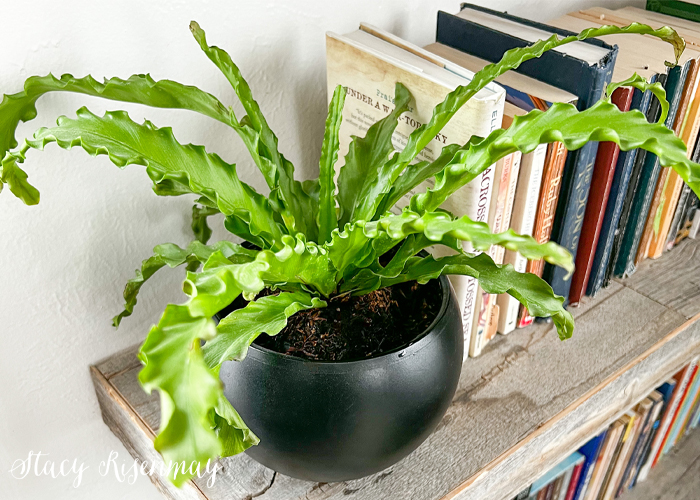
Watering & Humidity Needs Of Bird's Nest Ferns
Birds nest ferns are tropical plants so they like to stay moist and have high humidity. They don't like to dry out completely. Keep them away from heat vents and doors that get opened frequently. If the ends are getting brown and crispy due to the lack of humidity in your space, you can use a humidifier, or add a humidity tray (a tray of pebbles and water) underneath the fern. You can also group your houseplants together since as they transpire, they give off humidity.
You can mount them like with staghorn ferns, but make sure to water them regularly as they tend to dry out more often when they are mounted. If you plant them in pots, make sure there are drainage holes for the excess water to drain out. While they do like moist soil, if they are are too wet, they will get root rot.
When watering, avoid getting water directly on the center of the plant. Instead, water around the edges of the pot. The center crown can rot as well if too much water pools there.
They can handle being in a smaller pot than you might think. When you buy your plant, if you chose to repot it, don't put it in a pot that is significantly larger than the pot it is in. And when it does outgrow its pot, only go up one size. Since they normally grow on a tree in their natural habitat (without soil), surrounding their roots with too much soil may cause root rot. Also, when repotting, it is crucial that the center crown stays well above the soil. It will rot if it get buried in the dirt. Use a soil that is full of organic matter and that drains well.
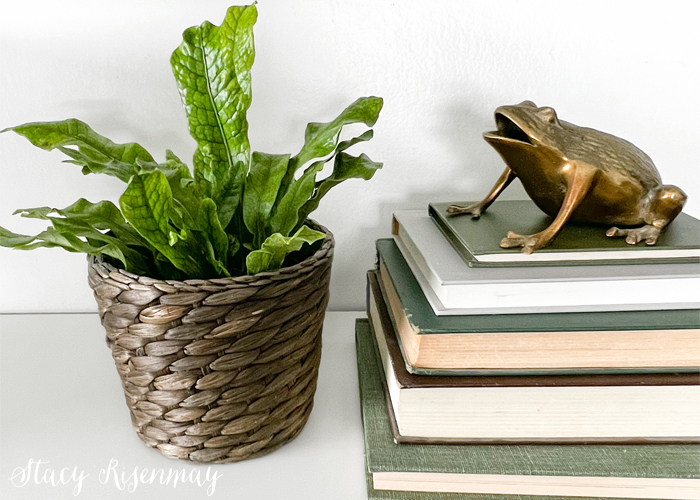
Fertilizing Bird's Nest Ferns
Bird's Nest ferns don't need a ton of fertilizer. Too much fertilizer can kill it. Dilute the amount you would normally give your other houseplants and fed less regularly as well. During the active growing season, feed once a month (at half strength) and when it is dormant you can skip fertilizing all together.
Other Things To Note
During the growing season, new growth will unfurl from the center crown. Leave the new leaves alone as they are very delicate fronds. If you touch the new fronds, it can cause them to be damaged, brown, or become deformed. If the plant is allowed to completely dry out while in the active growth stage, it can also kill the new growth.
If it gets dusty, wipe the shiny leaves with a damp cloth. Be gentle as you clean since the fronds are fragile.
At a glance:
*Don't let it completely dry out
*Prefers low to medium light
*Prefers high humidity but normal household levels are fine
*Use loose organic soil
*Don't give it too much fertilizer
Have you ever owned a Bird's nest fern plant before?
You will also like:



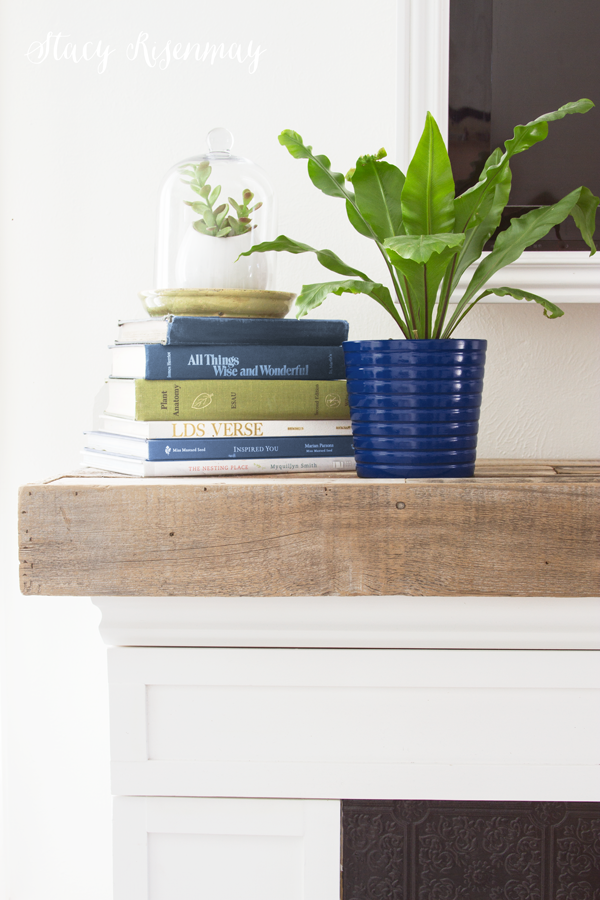
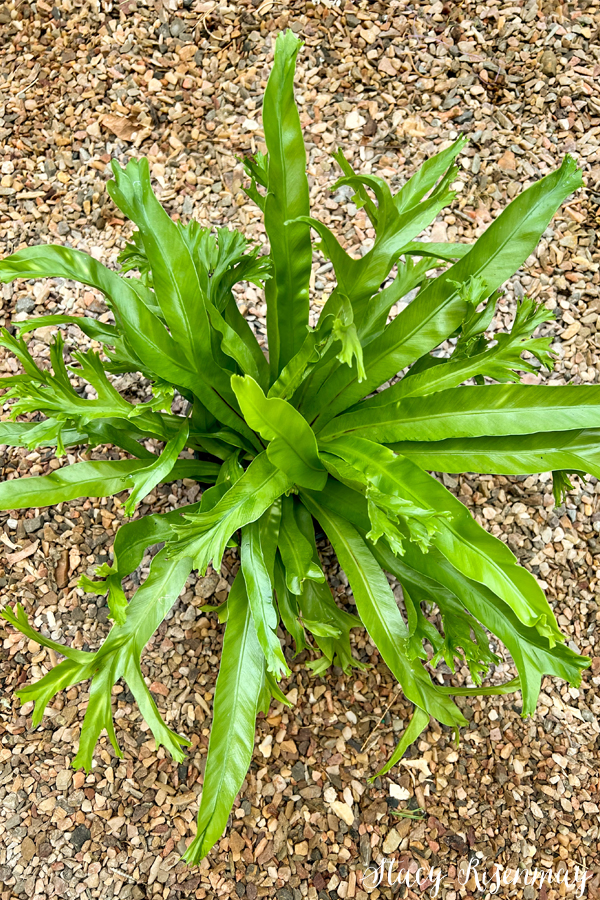
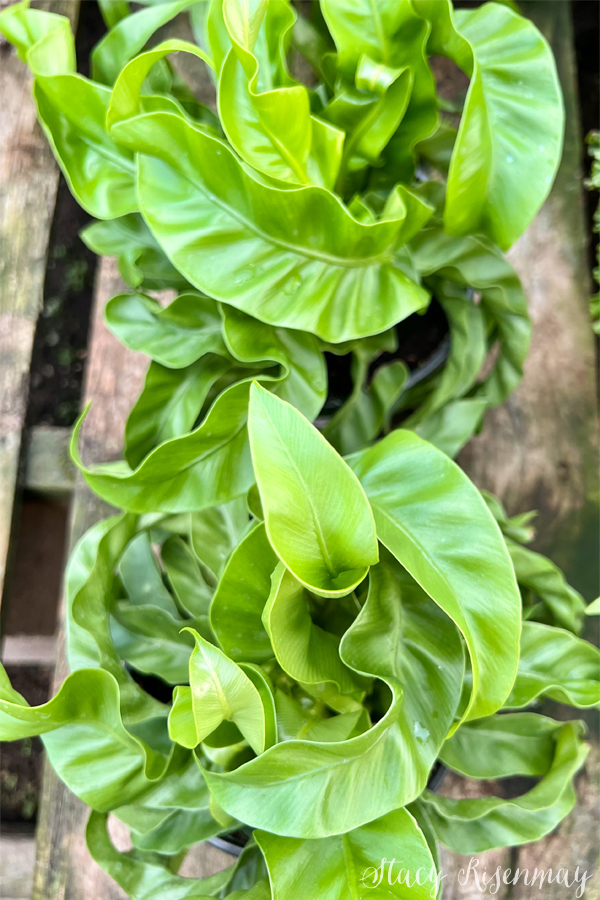
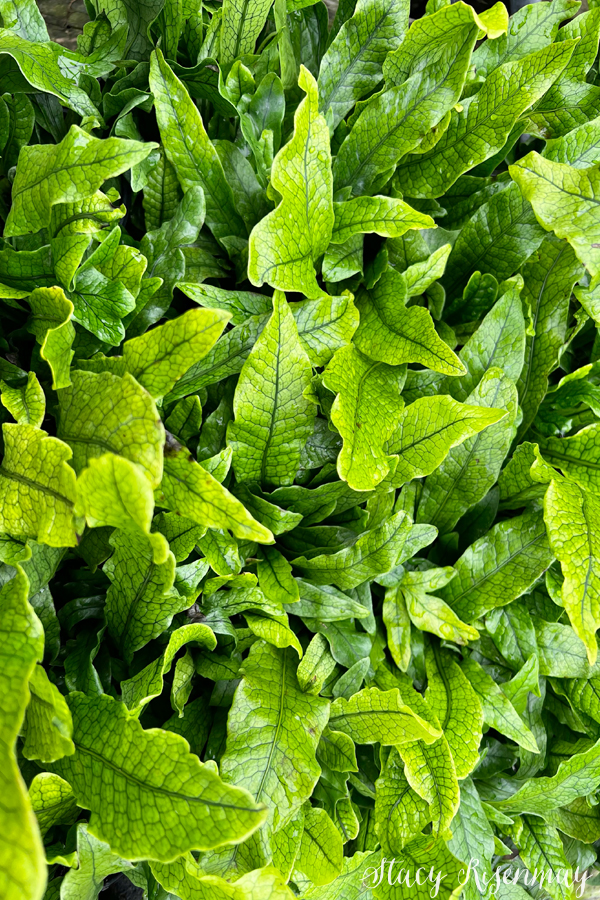
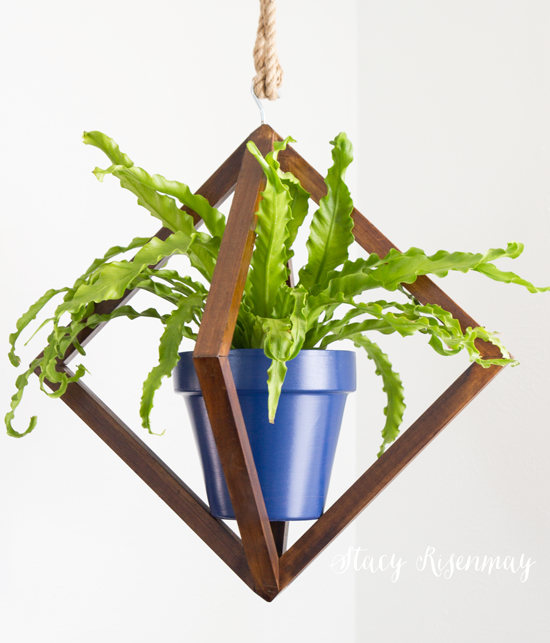
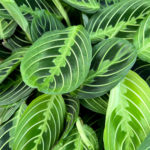
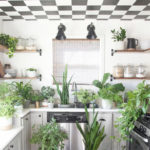
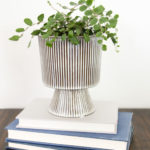
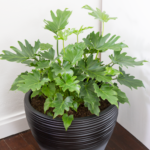
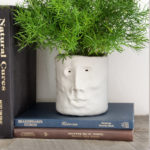
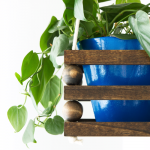
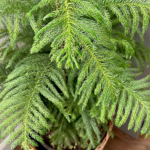
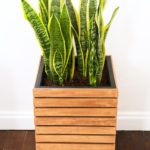
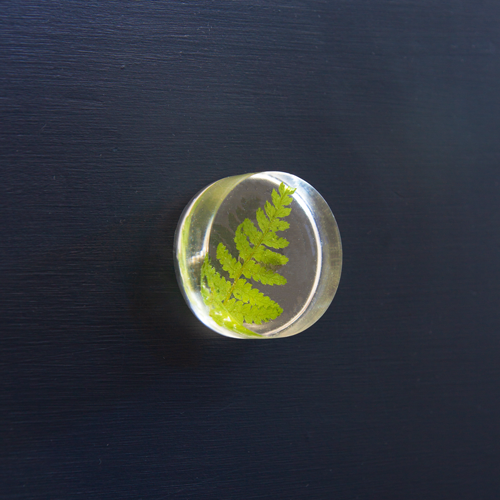
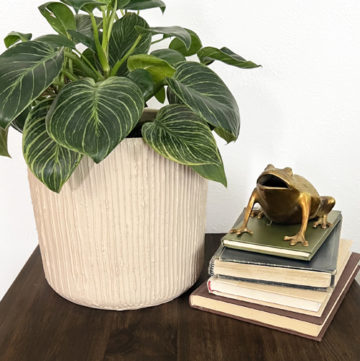
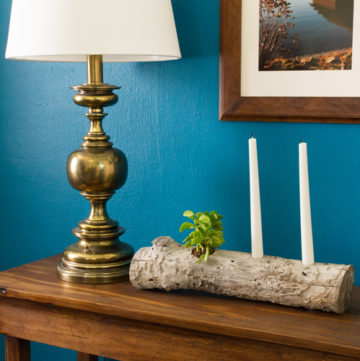

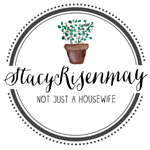
Comment Below!